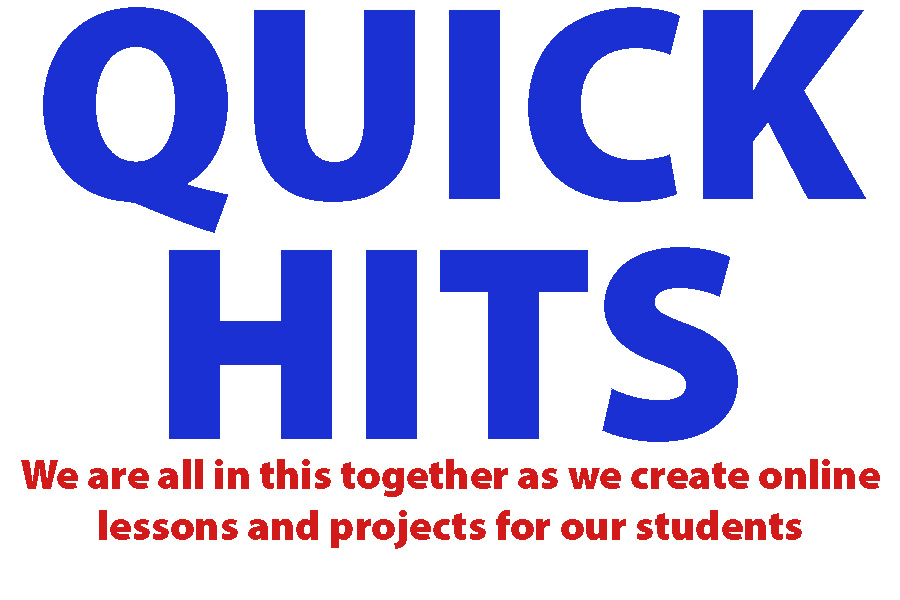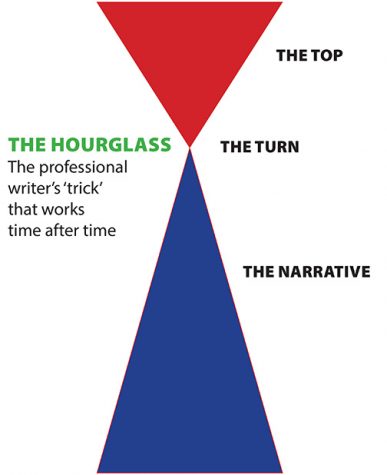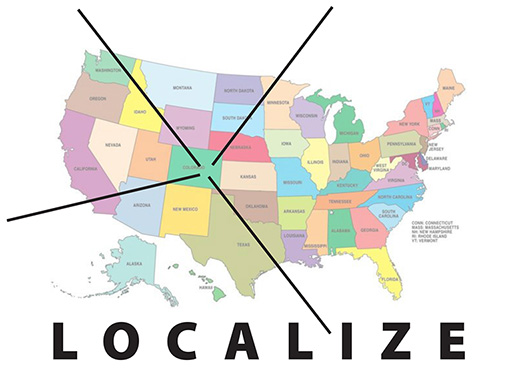April is poetry month, and student media can connect with this.
An idea from Roy Peter Clark, from the Poynter Institute for Media Studies: Have students write a 5-7-5 haiku after reading an article or observing an event or activity. While observing, they need to gather key details and include them in their haiku. A rule for writing the haiku: It needs to work as a standalone sentence because they turn the poem in as one sentence. Sometimes it works. Sometimes it doesn’t. Good journalism writing is poetry.
Although there is some uncertainty as to the exact date, April 23, 1564 is celebrated around the world as the birth date of William Shakespeare, and this month might be a great time to remind students that the opening sonnet from “Romeo and Juliet” is a very solid news story.
“Two households, both alike in dignity,
In fair Verona, where we lay our scene,
From ancient grudge break to new mutiny,
Where civil blood makes civil hands unclean.
From forth the fatal loins of these two foes
A pair of star-cross’d lovers take their life;
Whose misadventured piteous overthrows
Do with their death bury their parents’ strife.
The fearful passage of their death-mark’d love,
And the continuance of their parents’ rage,
Which, but their children’s end, nought could remove,
Is now the two hours’ traffic of our stage;
The which if you with patient ears attend,
What here shall miss, our toil shall strive to mend.”
Like a good news story, it provides readers/the audience with the highlights of the events, much like the top of an “hourglass” formula news story, with the details supplied by the bulk of the play.
What is an “hourglass” news story?
It looks like this:
The top is written like the standard inverted pyramid news lead, with the answers to the 5Ws and H provided for readers in a hurry.
Then comes “the turn,” which is where we let readers know that we are moving from the basic news they need to a more chronological story about what happened. It can be as simple as “According to interviews with teachers, administrators and students, here is how events unfolded.”
The bulk of the story is then presented much as we would write any narrative, from beginning to end, with lots of paraphrasing to move the narrative along. Direct quotes need to be carefully chosen and are only needed to bring real “voices” to the page or screen.
Here’s a fictionalized example:
After a week of virtual meetings and hundreds of phone calls, superintendents from eight metro school districts, including xx (local district), announced on Thursday that remote learning will remain in effect for the rest of this school year.
Based on remote interviews with three of those superintendents along with Principal Ernie Kenerski, here is how they arrived at this decision.
There was just so much confusion.
Hopes for somehow bringing students and teachers back to campuses sometime in May were still high, particularly with Gov. Polis saying schools were officially closed through April 30. Of course, seniors did not want to miss those traditional end-of-year activities and traditions they have been working for their entire high school career.
“But we had almost no facts to work with,” Kenerski said, “and the potential for making a mistake and bringing people back together too soon was, honestly, scary.”
Teachers were investing time in moving their courses online, but had no idea about how long remote learning would go on, which led to plans that were little more than patchwork.
Many teachers opted for pale imitations of what they might be doing in-person, reasoning that they couldn’t even be certain their students were attending regularly. Some worried that their students had to act as caregivers for their younger siblings as their parent or parents had to continue working. And, of course, there was the problem of access to technology.
“We had lots of problems to work through on both ends of remote learning,” Kenerski said. “Some teachers just aren’t nearly as comfortable as others with the idea of online videos and asynchronous lessons. Some students have spotty internet connections or old computers. We have worked hard to get people what they need, and several staff members have been working crazy hours trying to get the right equipment to the right people.”
That effort continues even now, and Kenerski estimated that most technical issues will be worked out in the next two weeks.
The informal group of eight district superintendents began discussions about how to make the best of a tough situation with some group emails, which soon led to phone calls and then video conferences, using Microsoft Teams software. They kept in touch with the governor’s office each day, but found that the governor was not ready to simply make a state-wide decree to make all districts finish the 2020-21 school year online.
**The narrative would go on with more details on how decisions were made, the timeline that was followed, the various options that were considered, etc. Readers would get the names of the interviewed superintendents as the story unfolds.





